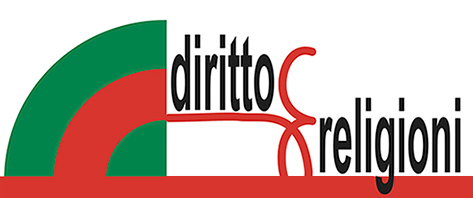NEWSUNITED STATES OF AMERICA The U.S. Supreme Court and parental responsibility for a transgender child: much ado about nothing or implicit stance?(Andrea Miccichè)
PREVIEW PAOLO PALUMBO Sana cooperatio and bilaterality in the mission of the Catholic Church: evolutions, transformations and perspectives
The poster for the 2024 Paris Olympics was unveiled to the public on 4 March: it summarizes 47 sports and 40,000 people, depicting a panorama of the most famous Parisian monuments, as well as the Marina of Marseille, where the Olympic sailing competitions will take place. In a riot of color, there is the Tour Eiffel, the Grand Palais, the Trocadéro, the Stade de France, the Arc de Triomphe... and les Invalides, whose dome shines in the Paris sky even on sunless days.
In addition to Napoleon’s tomb, the des Invalides complex also houses the church of Saint-Louis des Invalides - declared a cathedral in 1986 and assigned to the Military Ordinariate of France - whose dome is depicted without the cross at its top, as well as without the four statues representing the three theological virtues and the virtue of religion.
Given the particularly complex and constantly passionate relationship the French have with religious symbols and laïcité, controversy immediately flared up.
On the one hand, there are those who have defended the author’s freedom of artistic expression, who has depicted all the monuments of Paris taken out of reality, e.g. the pink Eiffel Tower, the métro passing under the Arc de Triomphe, so that the absence of the cross from the dome of the Dôme des Invalides cannot be considered as containing who knows what hidden message, but only a phenotype of the artist’s interpretation of Olympic Paris.
On the other hand, however, it has been replied that if painting the Eiffel Tower pink, as Duchamp did in the Mona Lisa with a moustache, does not distort its essence, eliminating the cross on the dome of the Invalides (which has been there since Louis XIV) means distorting the building and, above all, the history of France.
Inclusion was probably the intention, but removing the symbols does not mean inclusion, it means disrespecting the nation's history and France’s cultural-historical roots.
The intention of inclusion cannot be achieved by denying one’s roots and hiding one’s identity.
Stefano Testa Bappenheim


